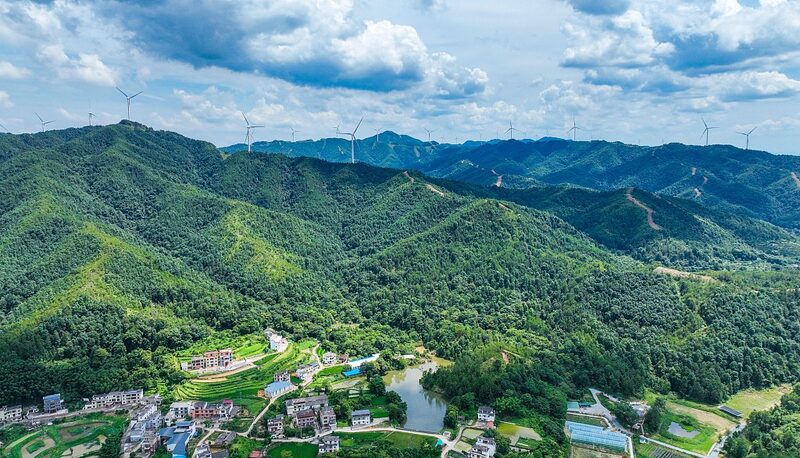China Enacts Historic Energy Law, Paving Way for Green Transition and Global Energy Leadership
China has taken a monumental step in its energy sector by enacting its first comprehensive energy law on November 8, 2024. Effective from January 1, 2025, this landmark legislation is a response to growing domestic energy demands, environmental challenges, and evolving trends in global energy governance. The new law establishes a robust legal framework aimed at guiding China’s long-term energy strategy, propelling the nation towards its dual carbon goals and high-quality development.
Aligning with Global Energy Trends
Around the world, energy laws are pivotal in shaping policy direction and addressing regional priorities. The United States focuses on energy security, pricing, and industrial competitiveness. The European Union emphasizes climate action and green growth, while Australia concentrates on safeguarding its energy supply. China’s energy law mirrors these frameworks by addressing critical areas such as energy security, market regulation, and green transformation.
However, China’s law distinguishes itself with a broad institutional declaration and a long-term orientation. By leaving room for detailed implementation through subsequent regulations and policies, it demonstrates strategic foresight and flexibility. This approach allows China to adapt its energy governance in a rapidly evolving global landscape while maintaining a stable framework for long-term planning.
Integrating Multiple Stakeholders
The energy law brings together government bodies, enterprises, regulators, and consumers under a unified framework. It provides a clear legal basis for government energy planning and oversight. The central government is mandated to set sector-specific and regional energy development goals, while local governments are required to align their policies with national strategies. Local authorities are tasked with promoting clean energy projects, ensuring a secure and environmentally friendly energy supply, and adjusting regional energy structures to reflect local conditions.
Moreover, the law enhances regulatory oversight across every stage of the energy industry—from production and distribution to consumption and storage. It aims to reduce natural monopolies, strengthen market stability, and improve emergency response mechanisms to ensure smooth market functioning.
Emphasis on Green Transformation
On the supply side, the law emphasizes energy structure optimization. Coal is redefined as a foundational energy source, with a focus on enhancing efficiency and promoting cleaner usage. Renewable energy development continues to receive support through tax incentives, subsidies, and encouragement of innovation. Notably, hydrogen energy is included for the first time in China’s energy management system, highlighting the country’s commitment to diversifying its energy portfolio.
On the demand side, the law actively promotes renewable energy consumption. Policies such as minimum consumption ratios for renewables and green power certificates are introduced to incentivize enterprises and consumers to adopt clean energy solutions. These measures aim to accelerate the green transformation from both supply and demand perspectives.
Implications for China’s Energy Future
By integrating comprehensive strategies and stakeholder involvement, China’s new energy law sets the stage for significant advancements in energy efficiency, environmental protection, and sustainable development. The legislation is expected to not only transform the domestic energy landscape but also enhance China’s role in global energy governance. As the world grapples with climate change and the need for sustainable energy solutions, China’s proactive approach may serve as a model for other nations seeking to balance growth with environmental stewardship.
Reference(s):
China's energy law promotes green transition, global energy governance
cgtn.com







